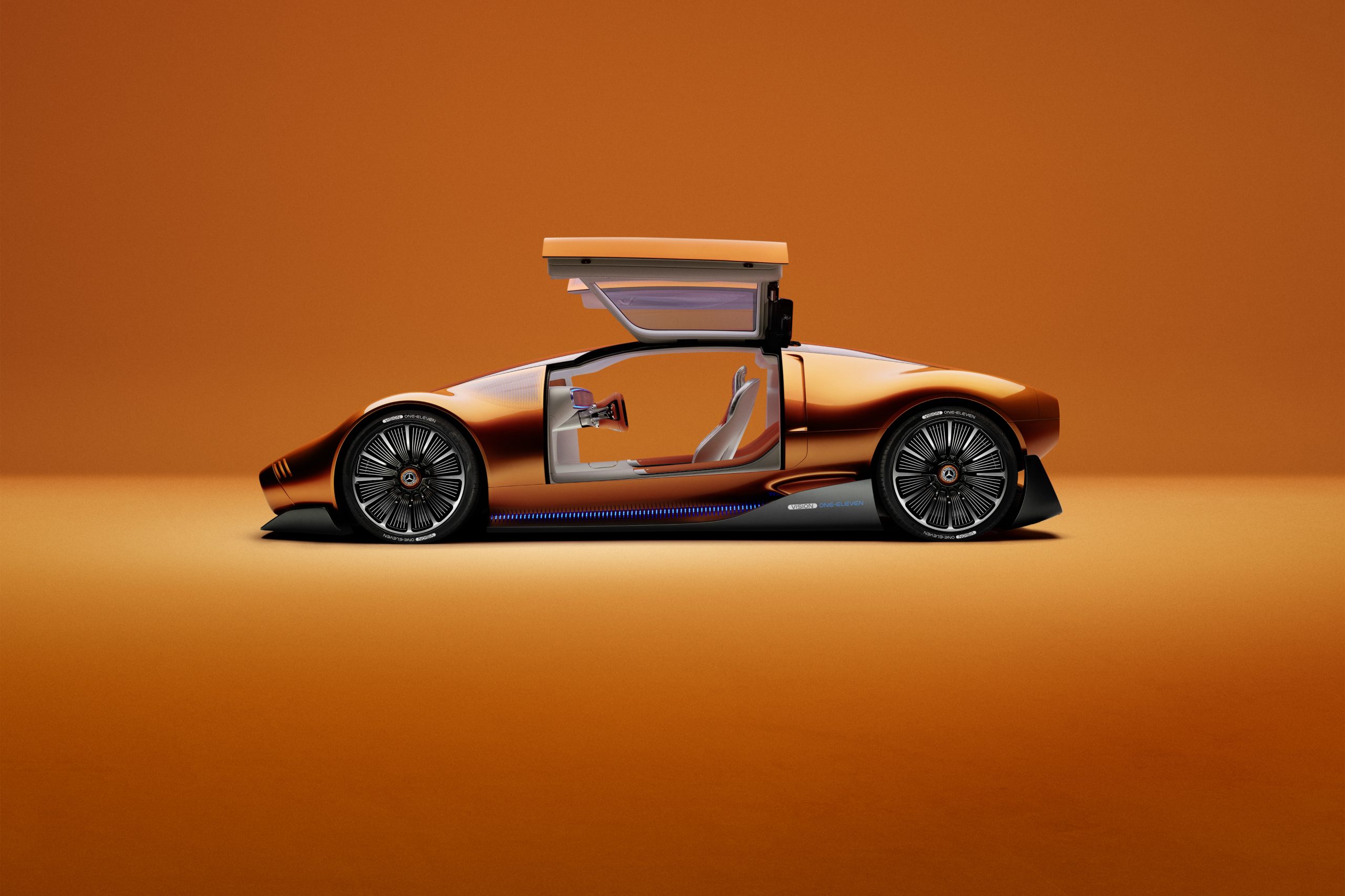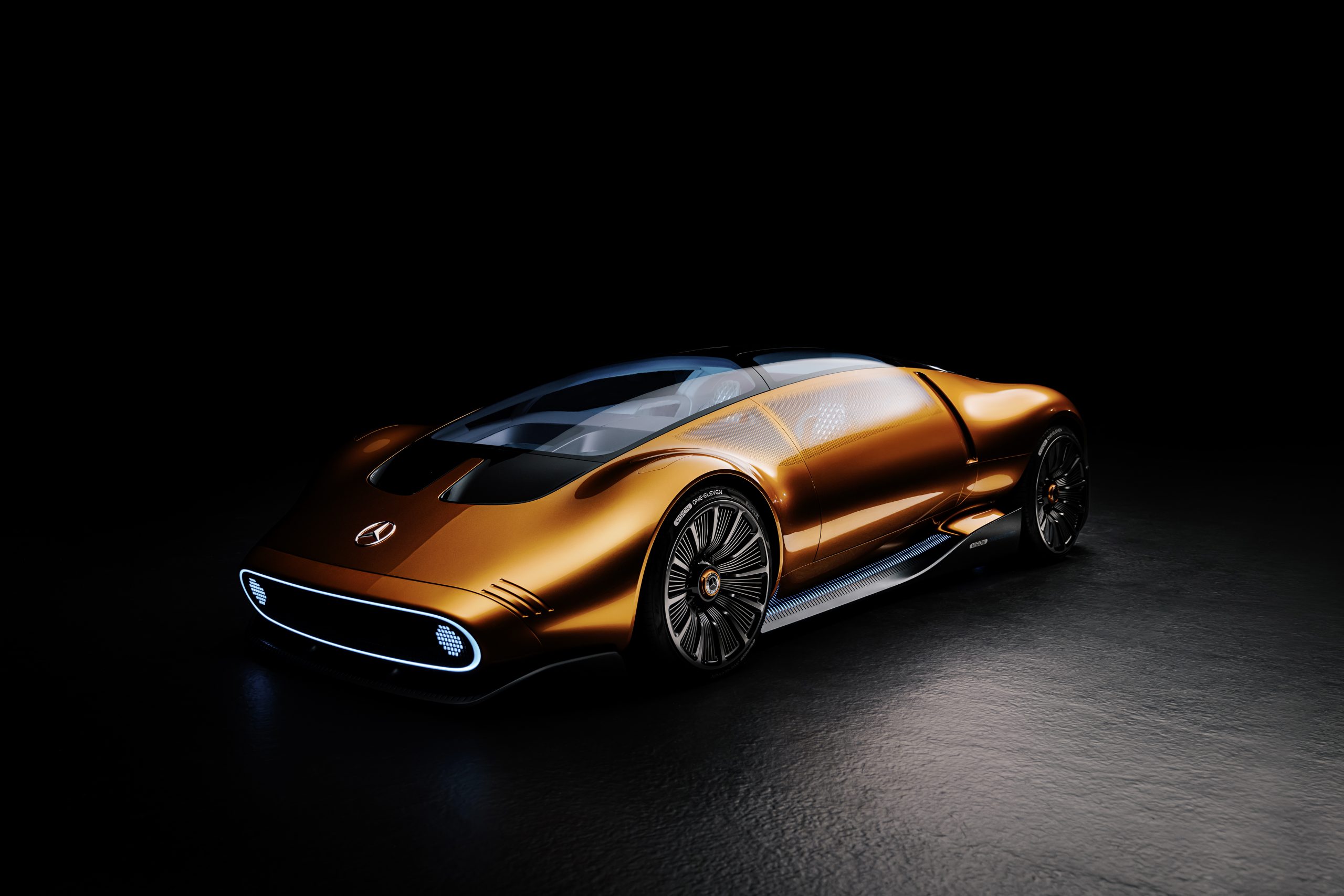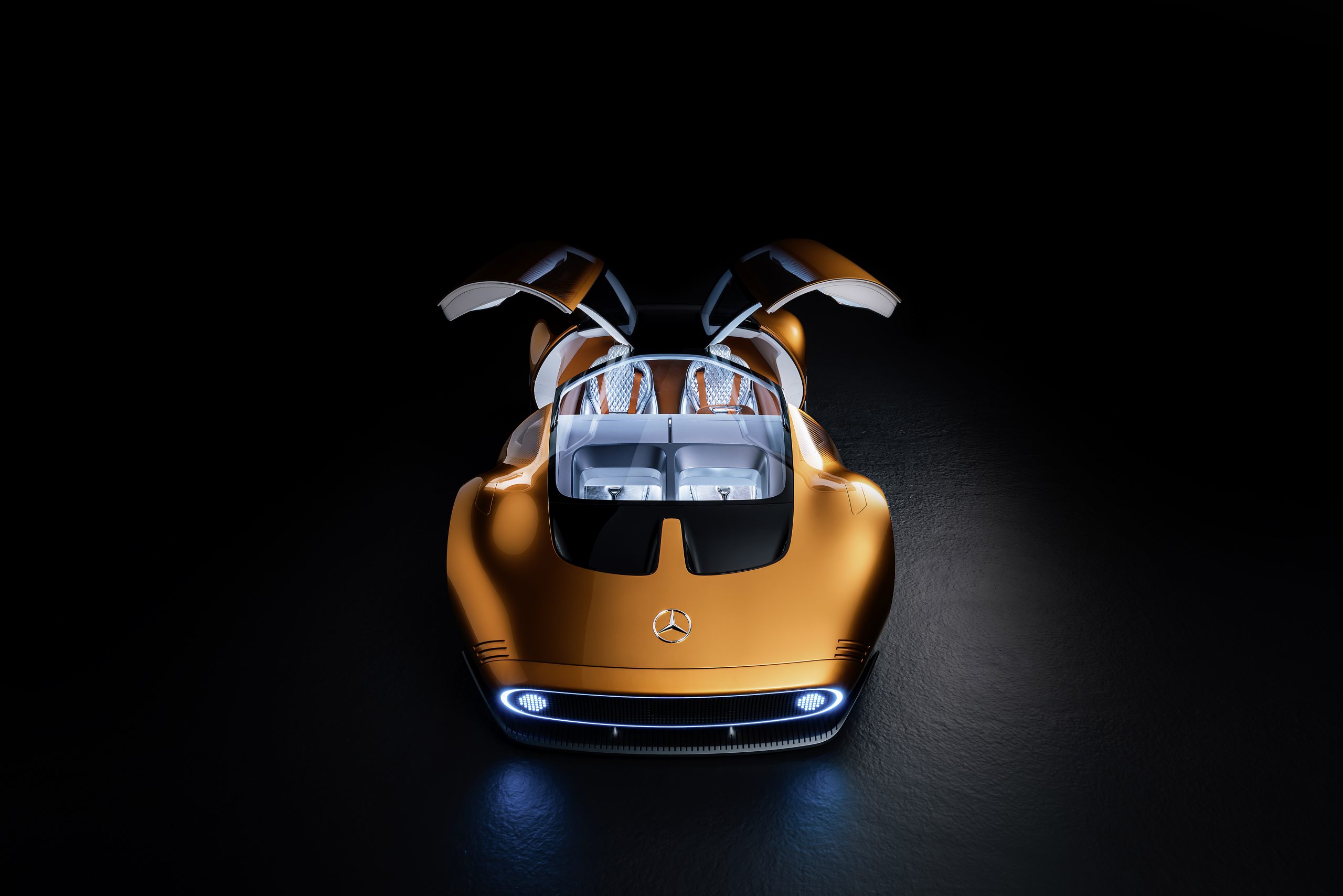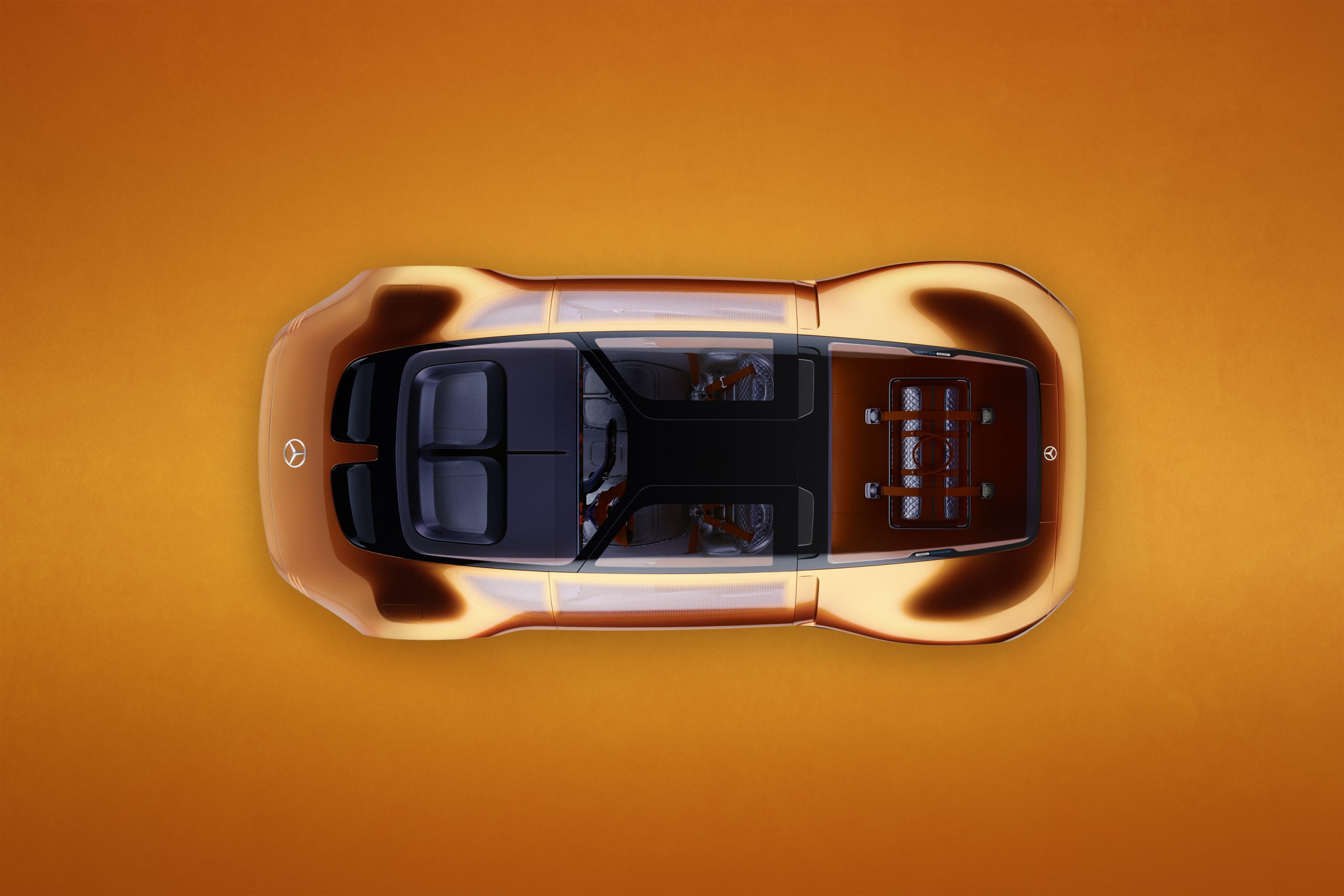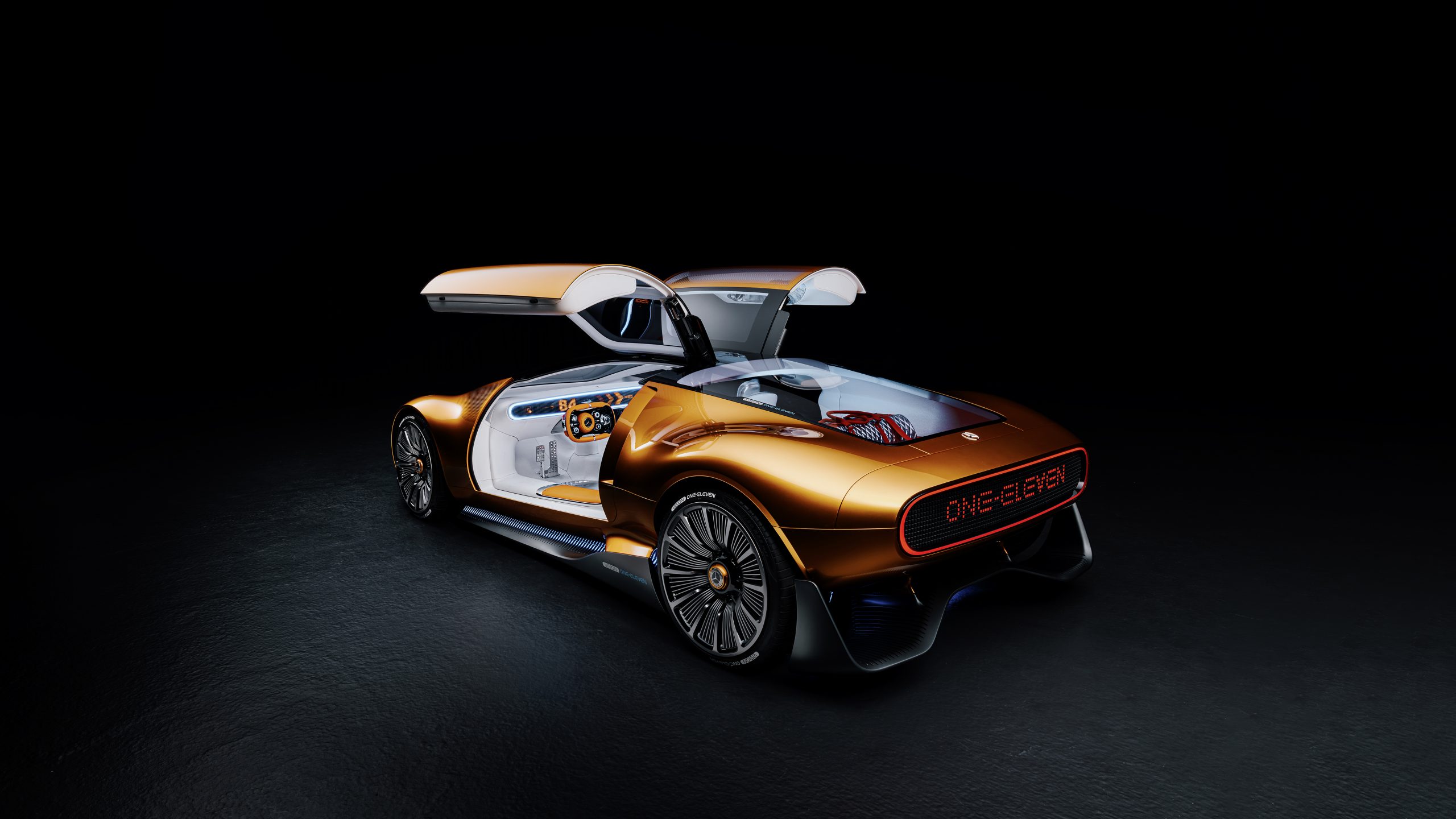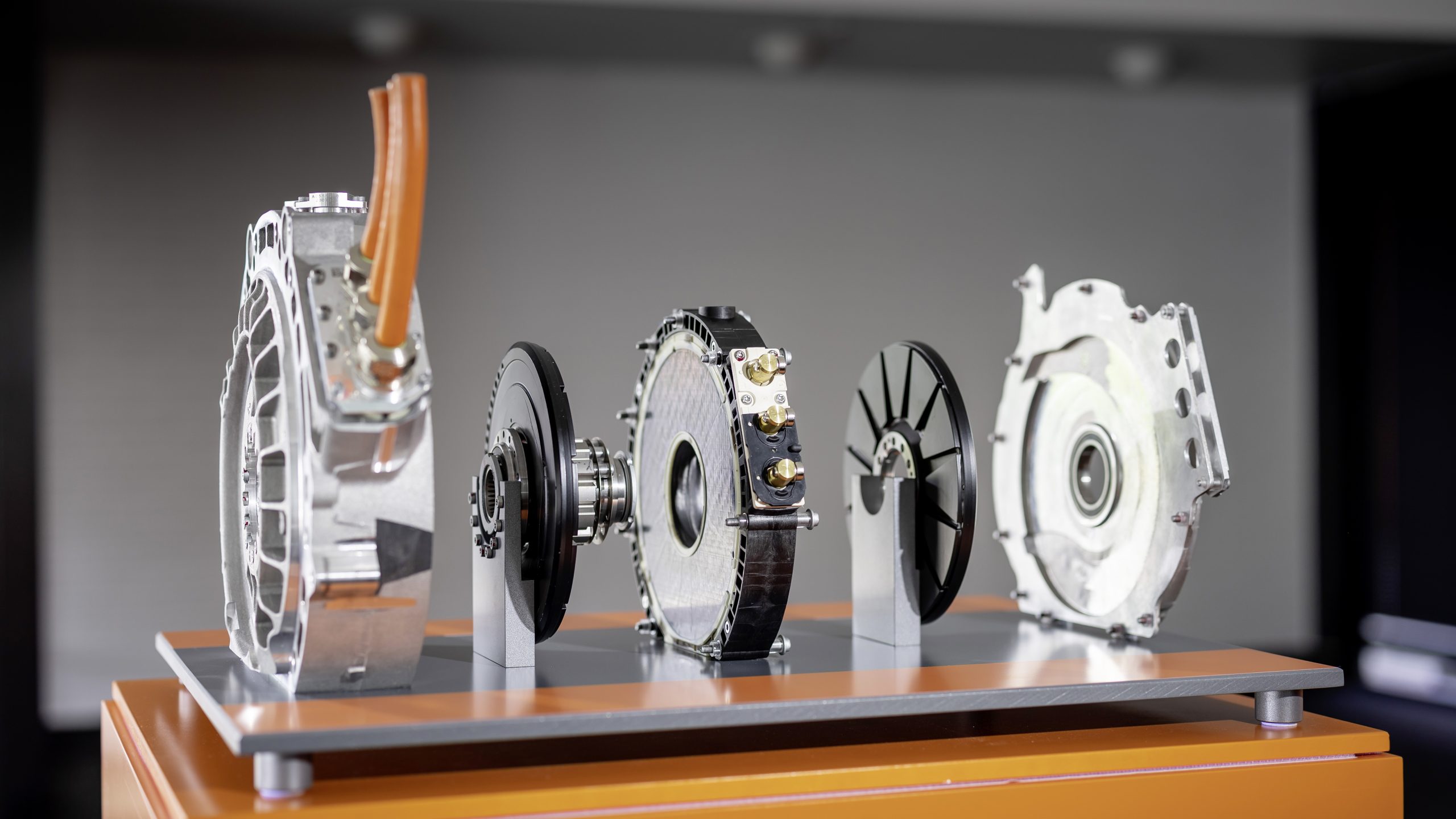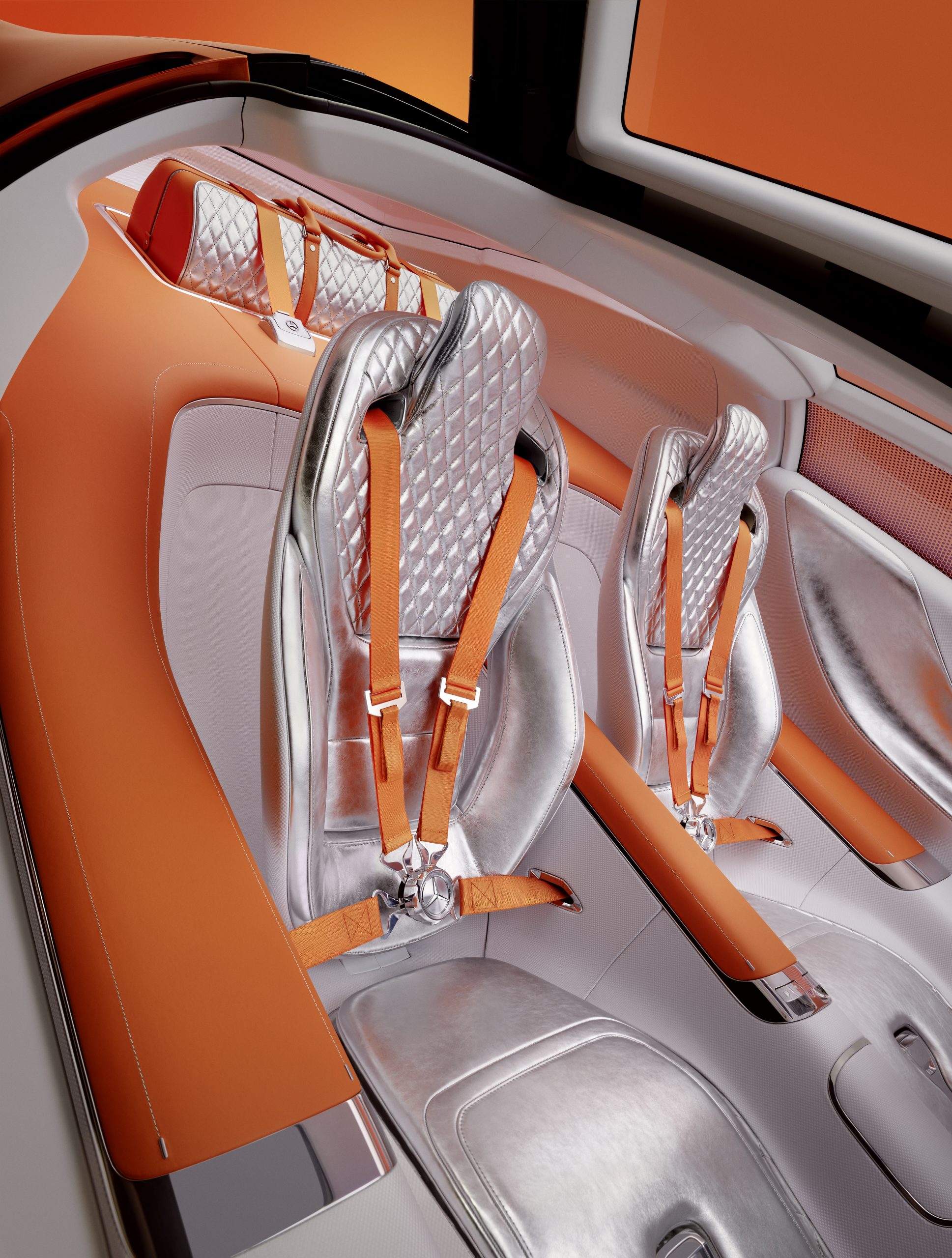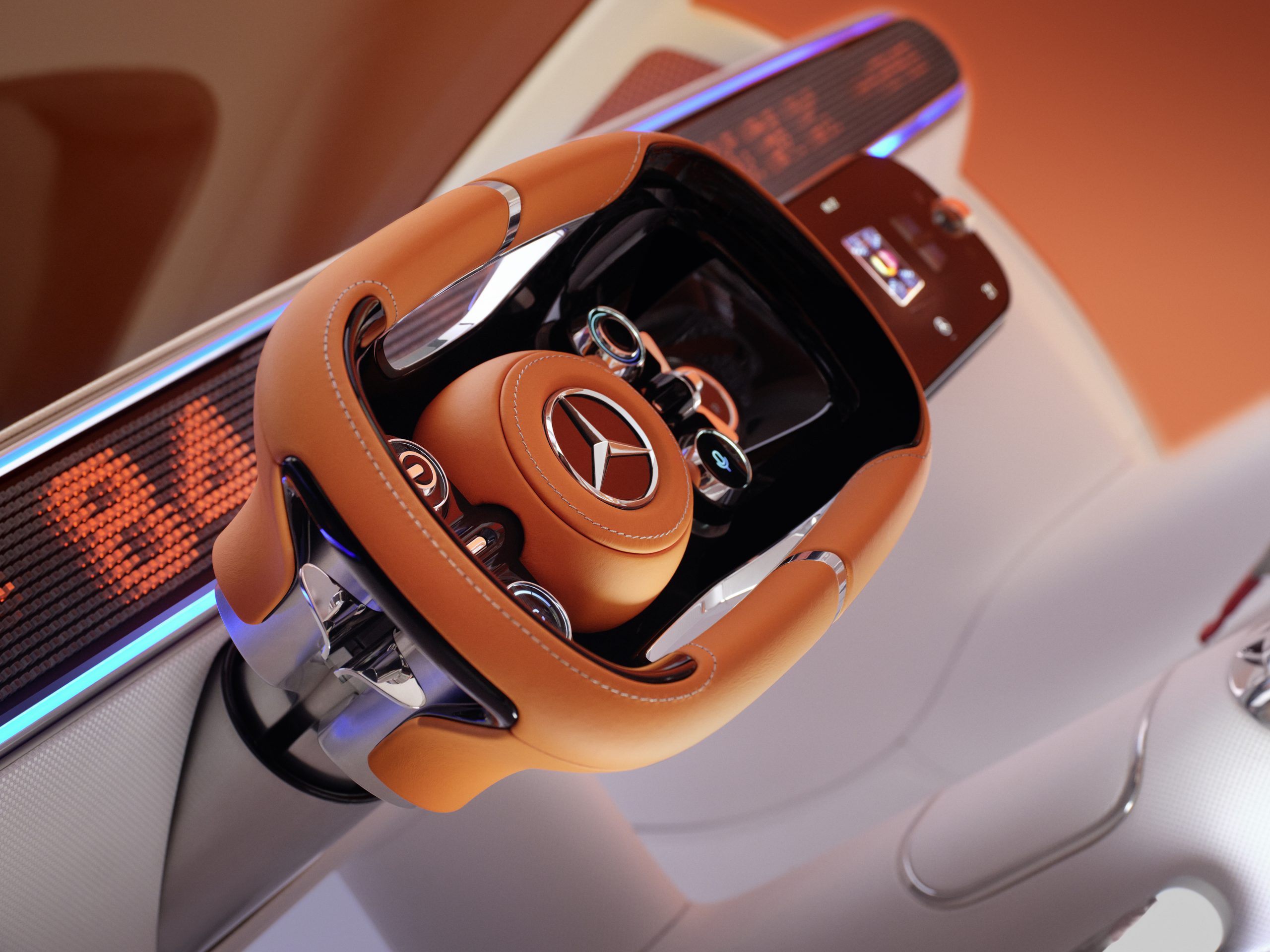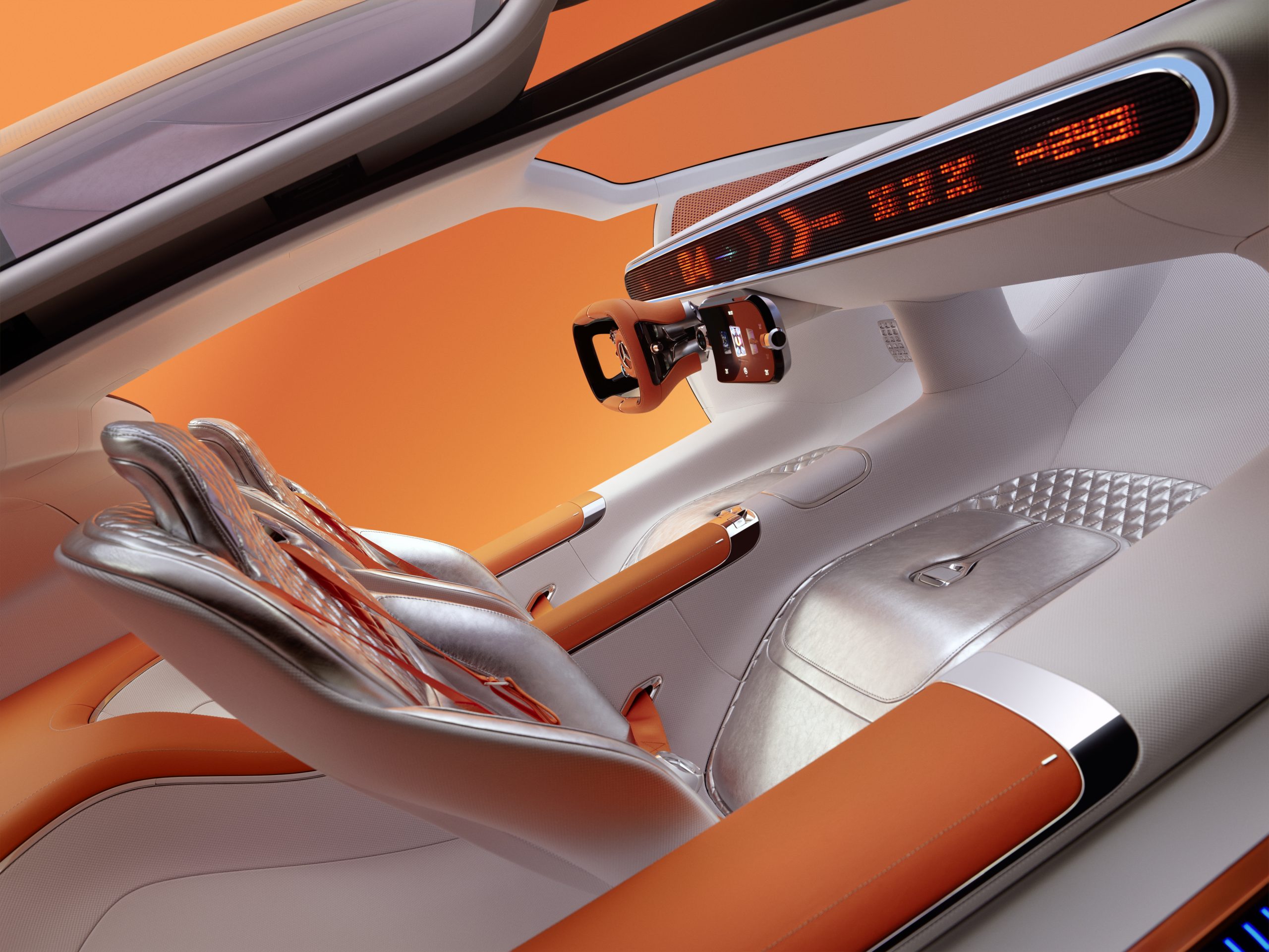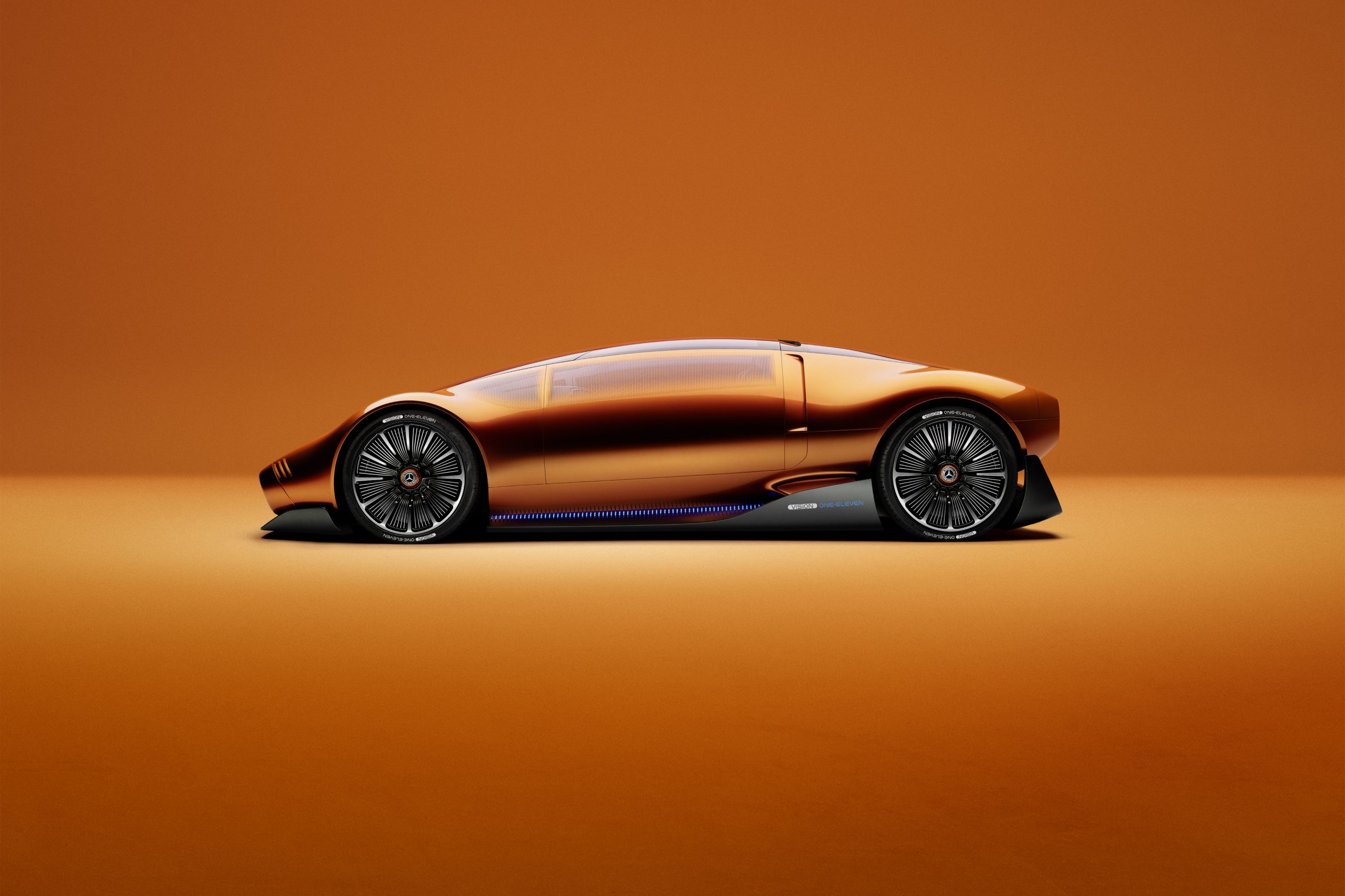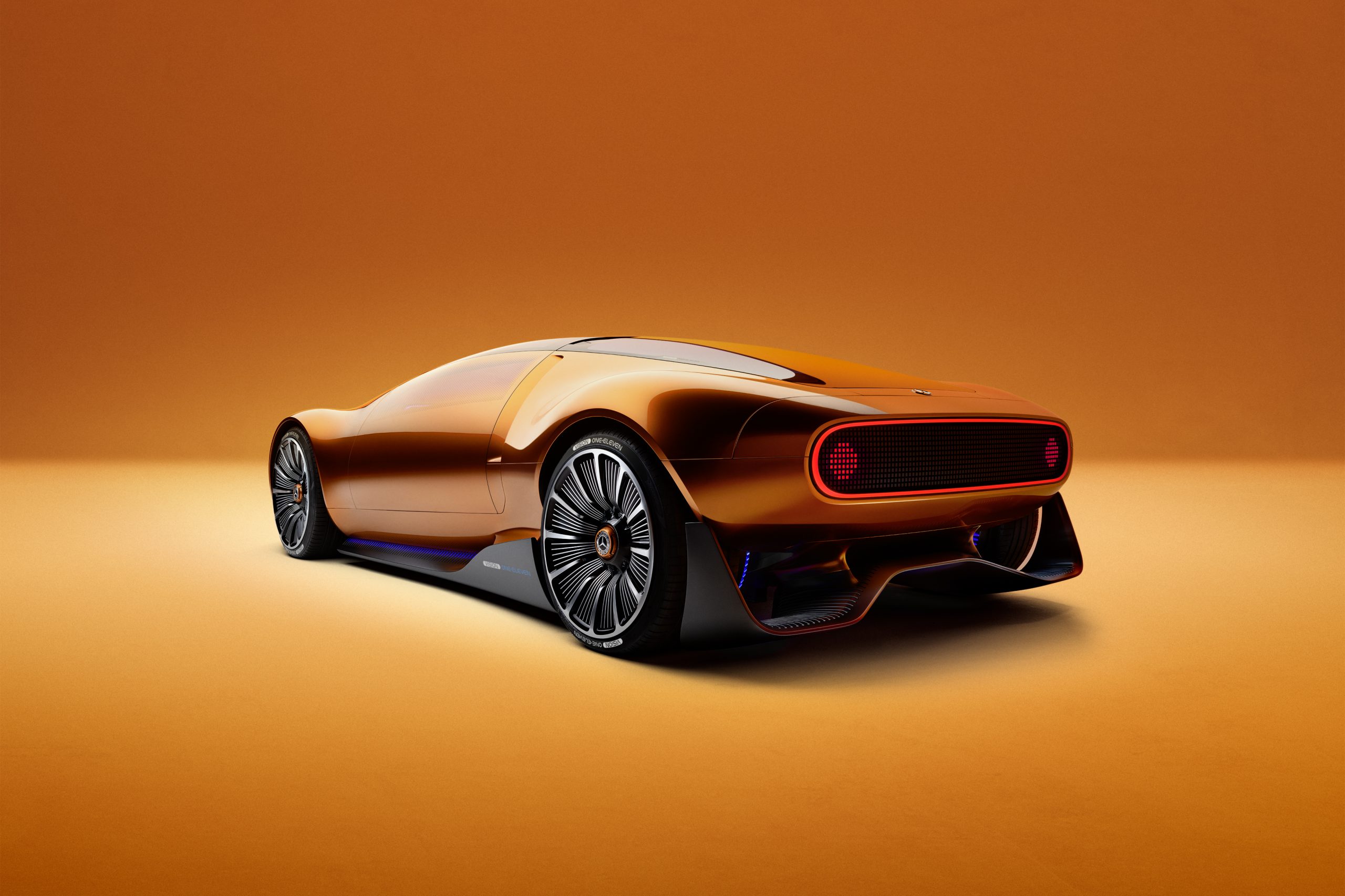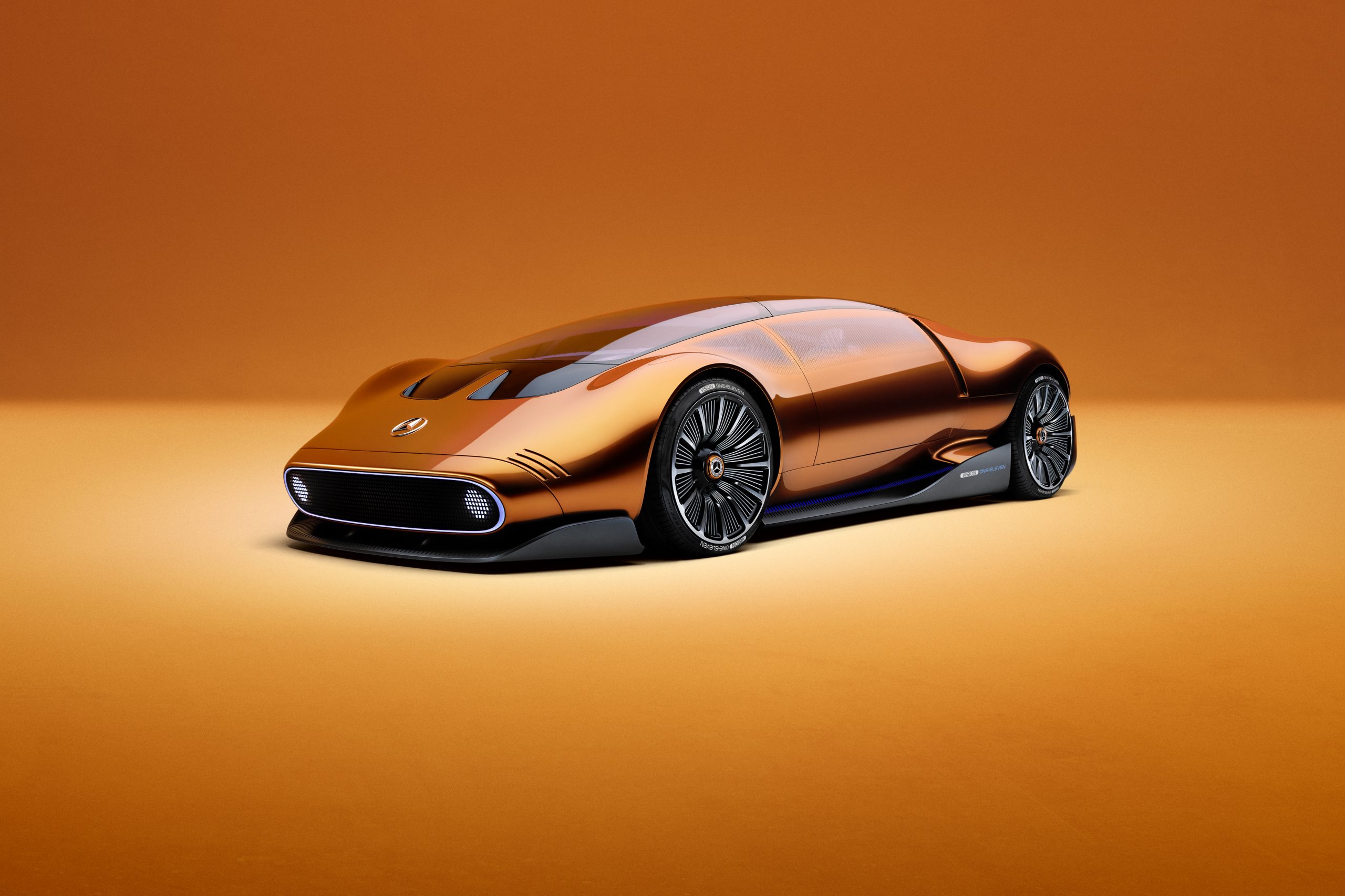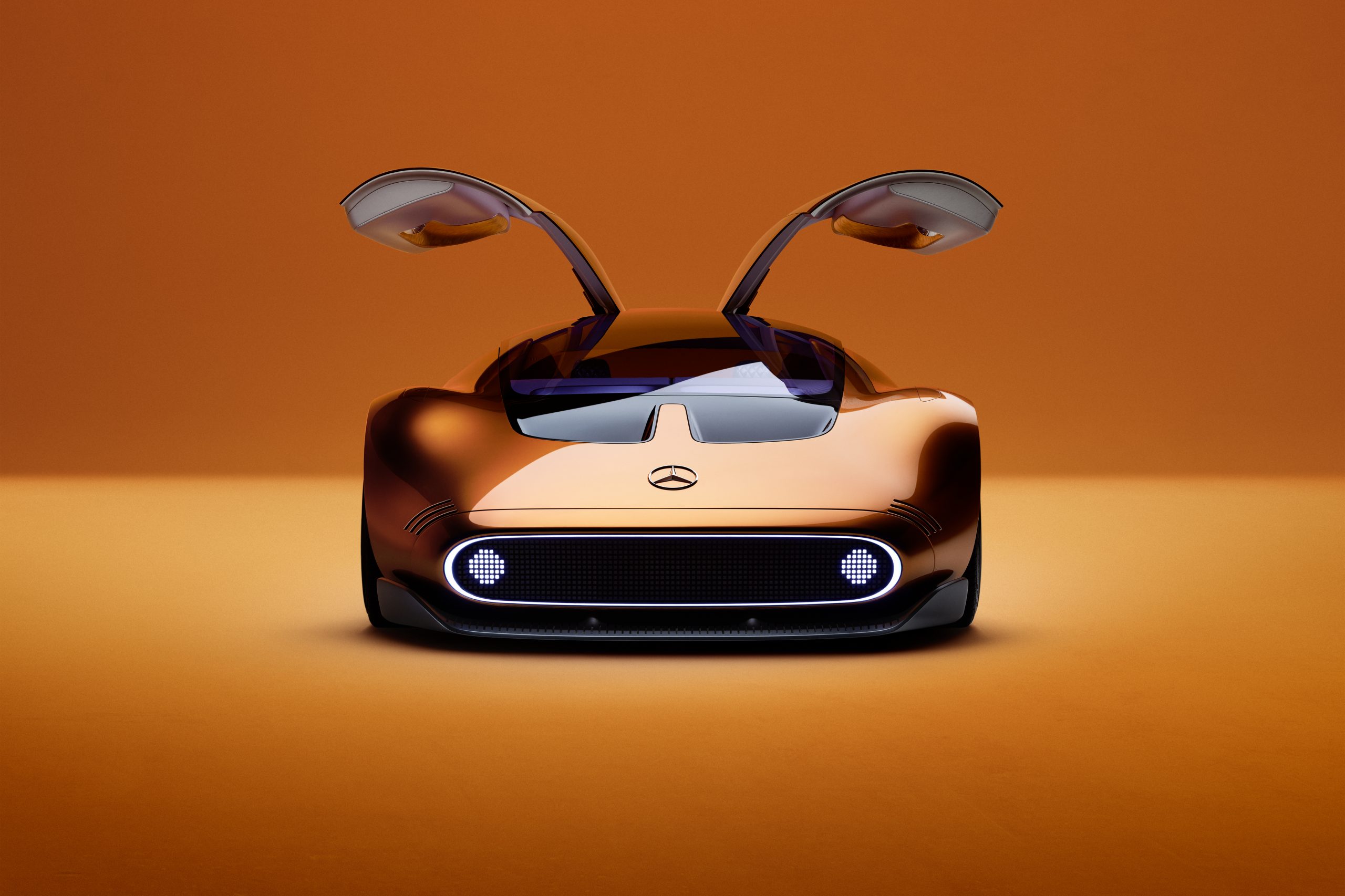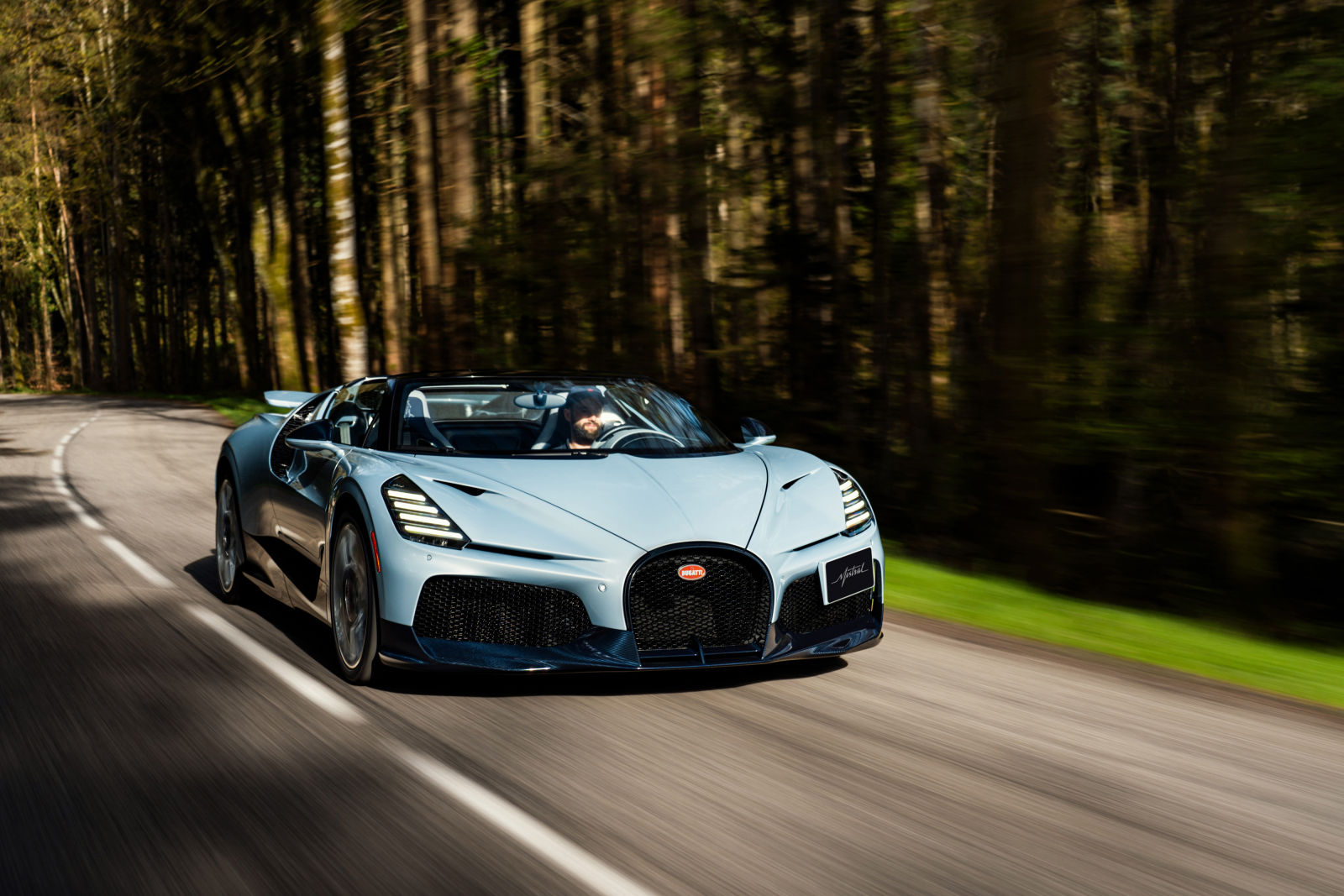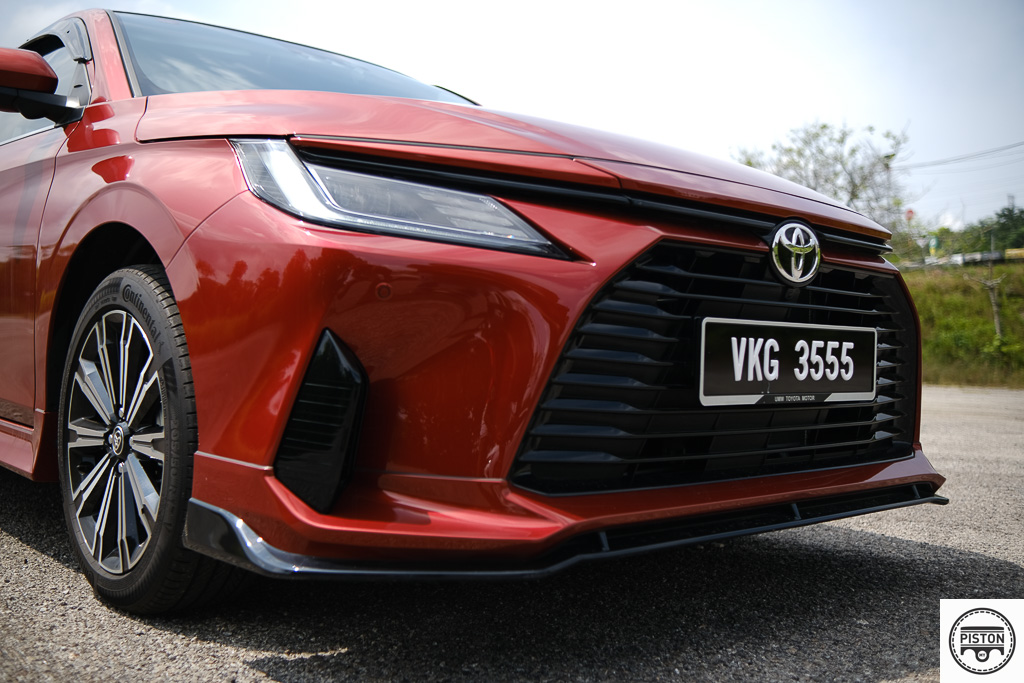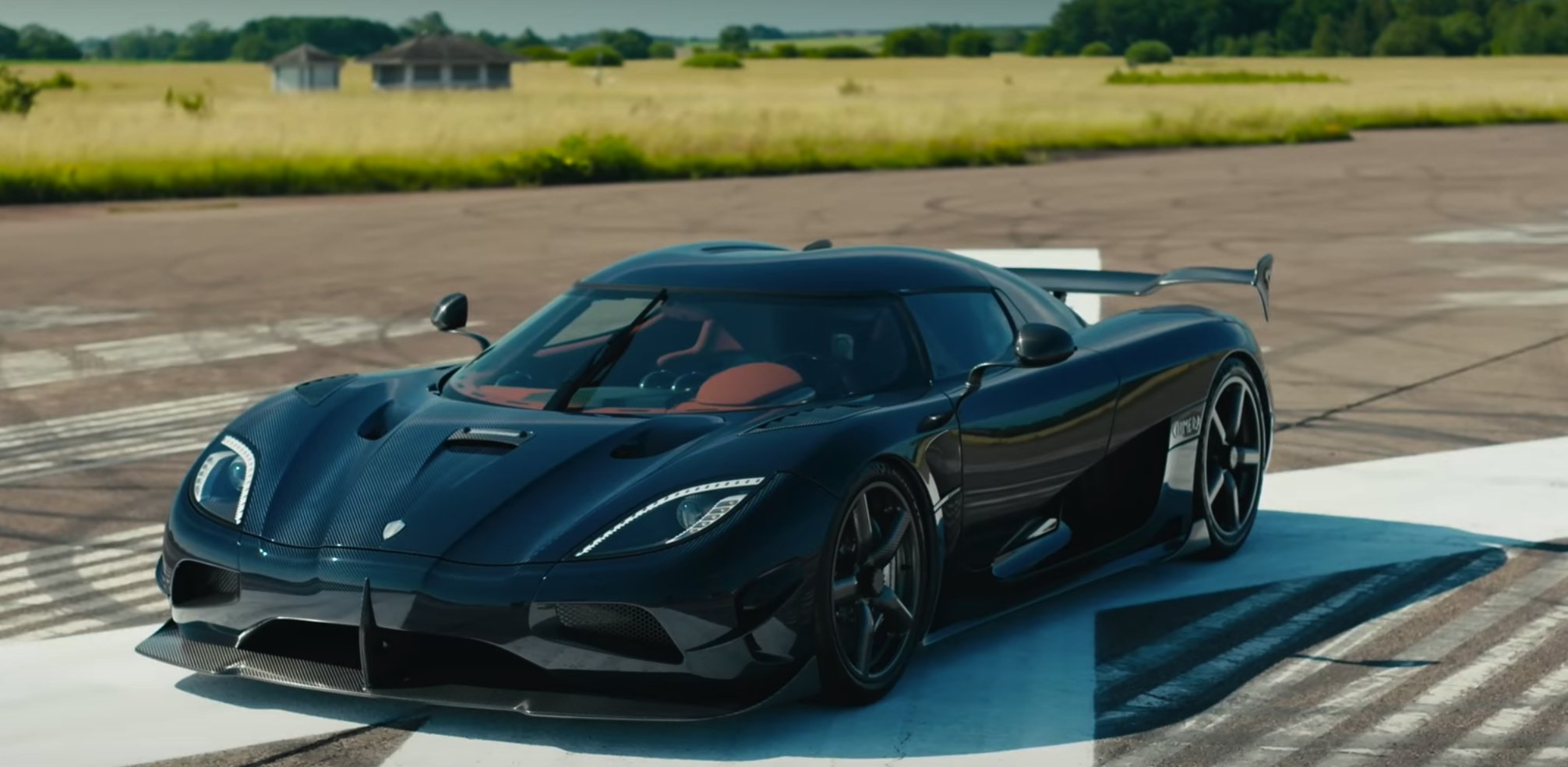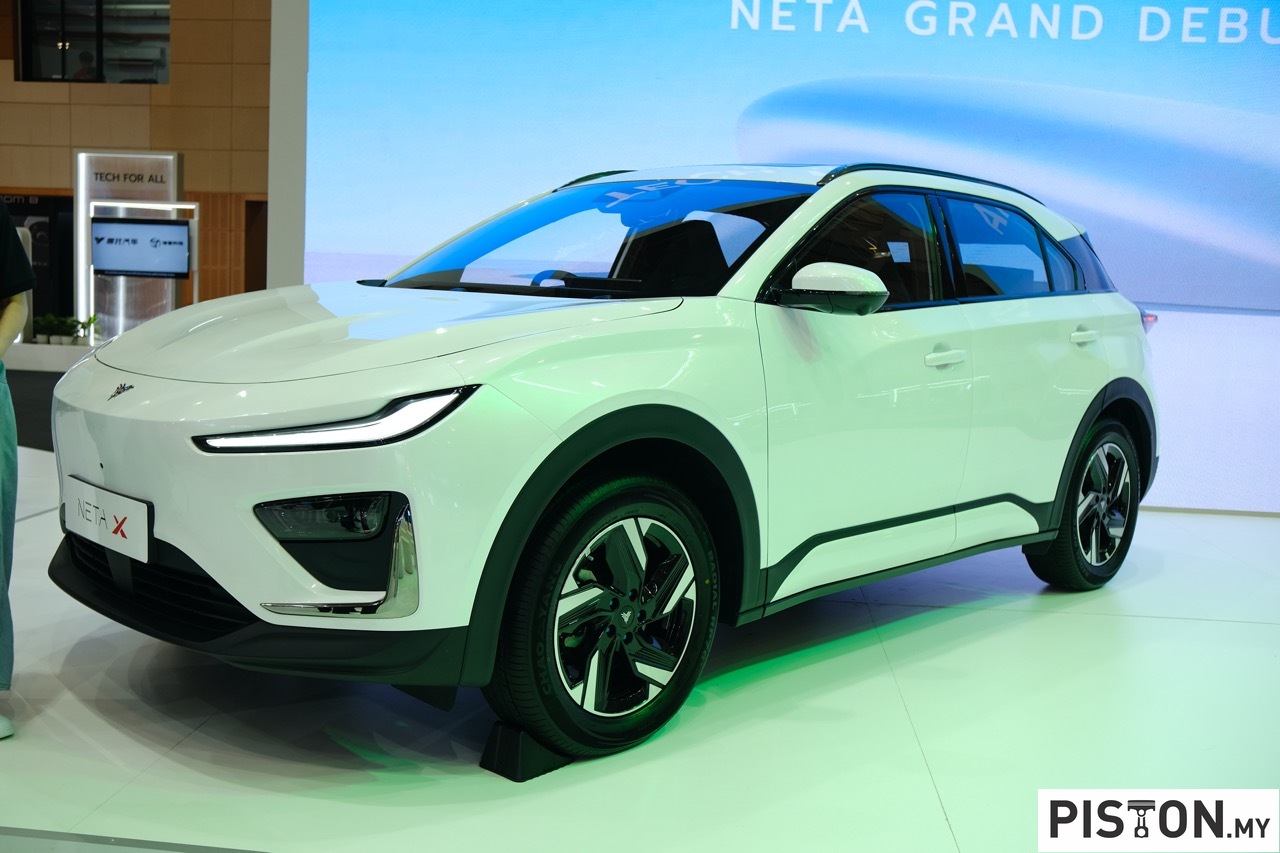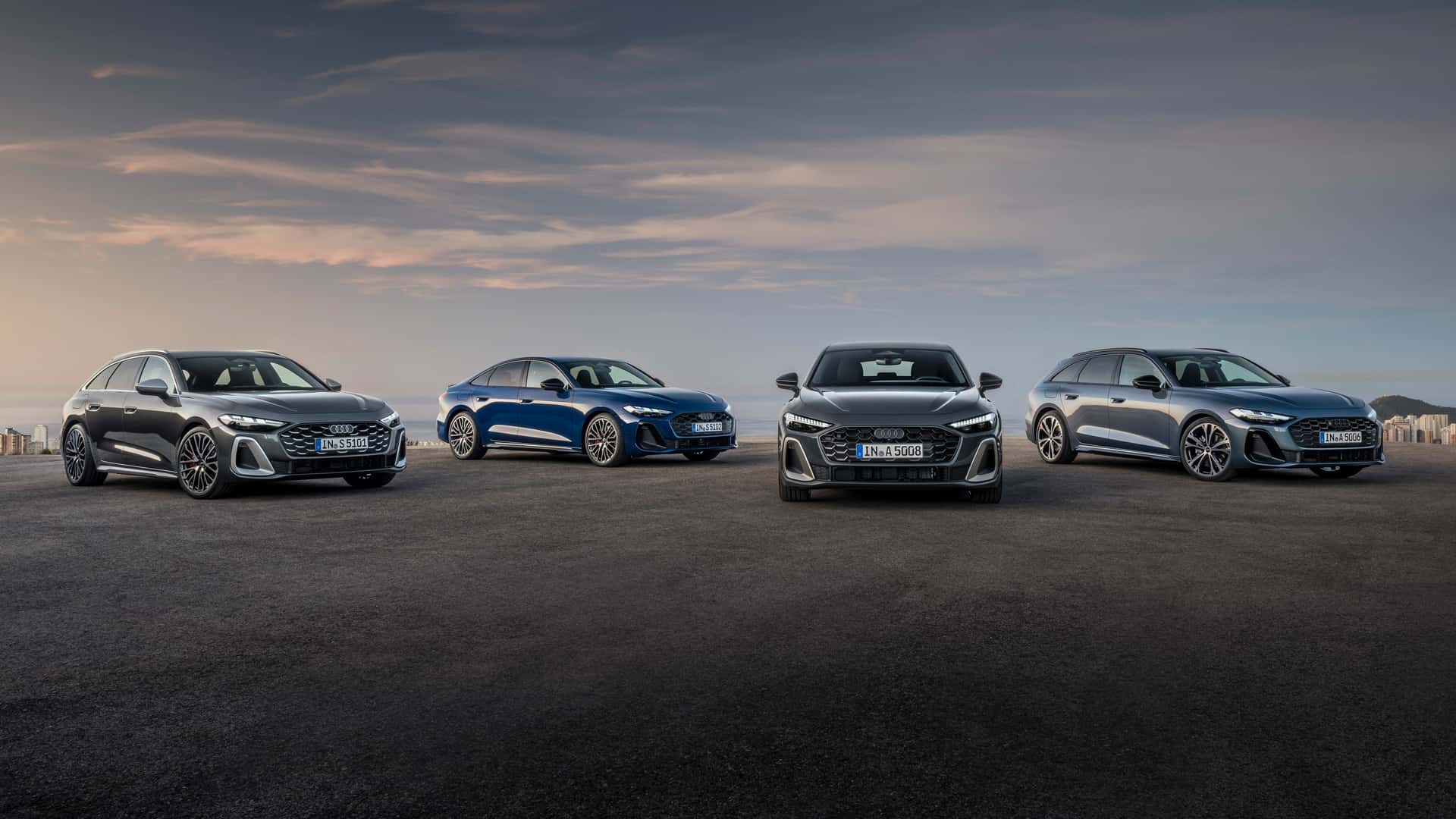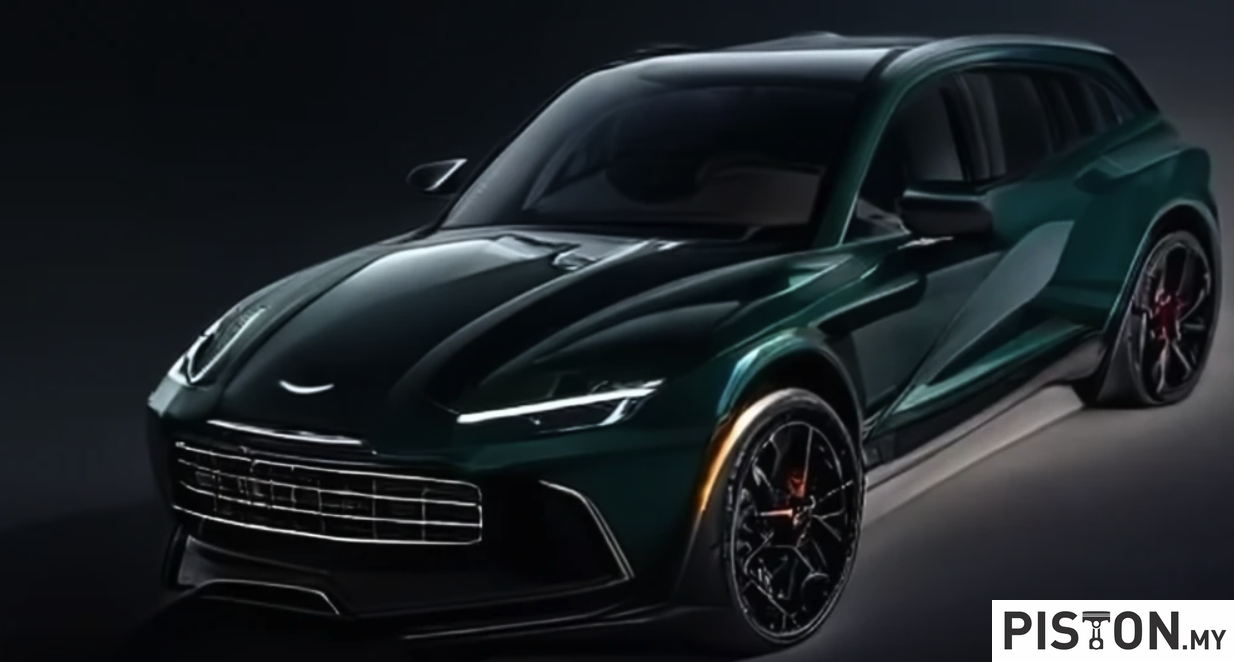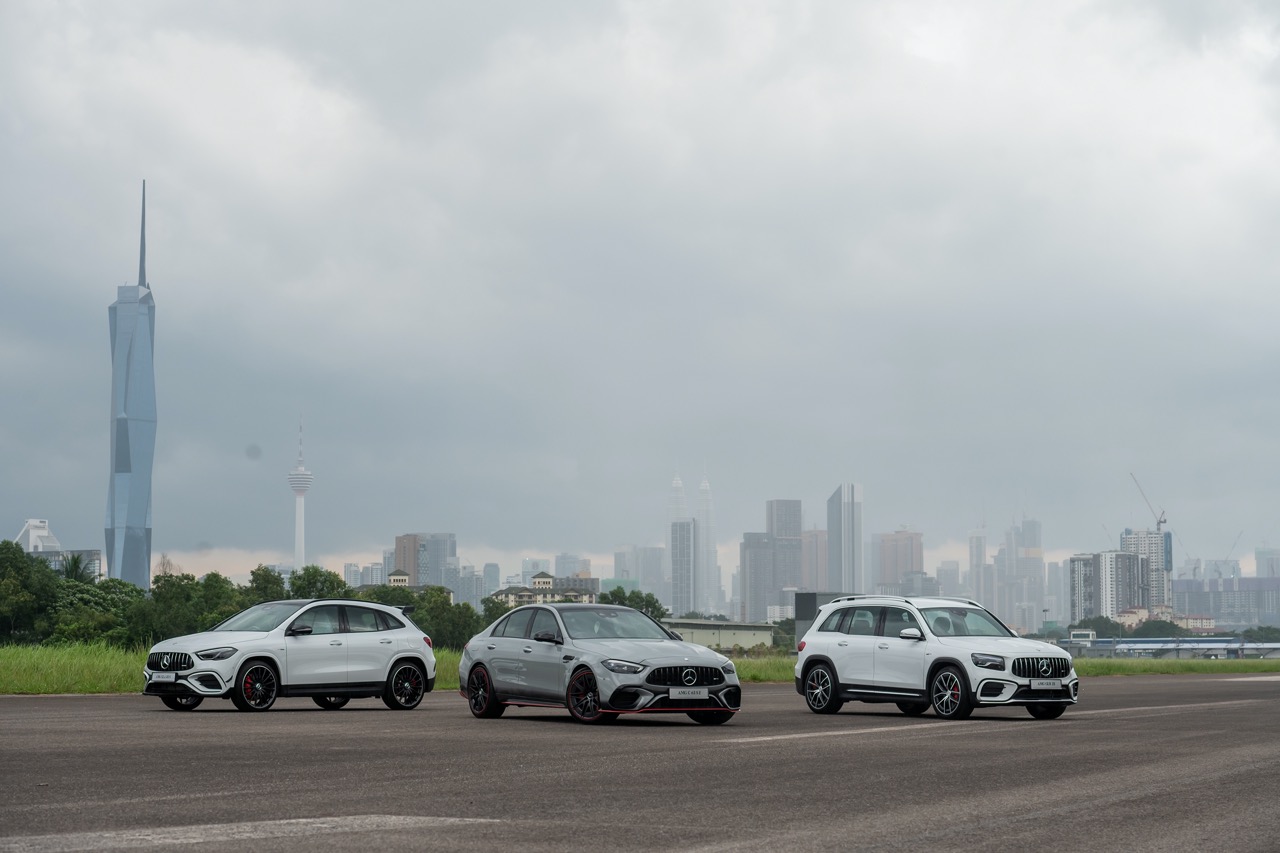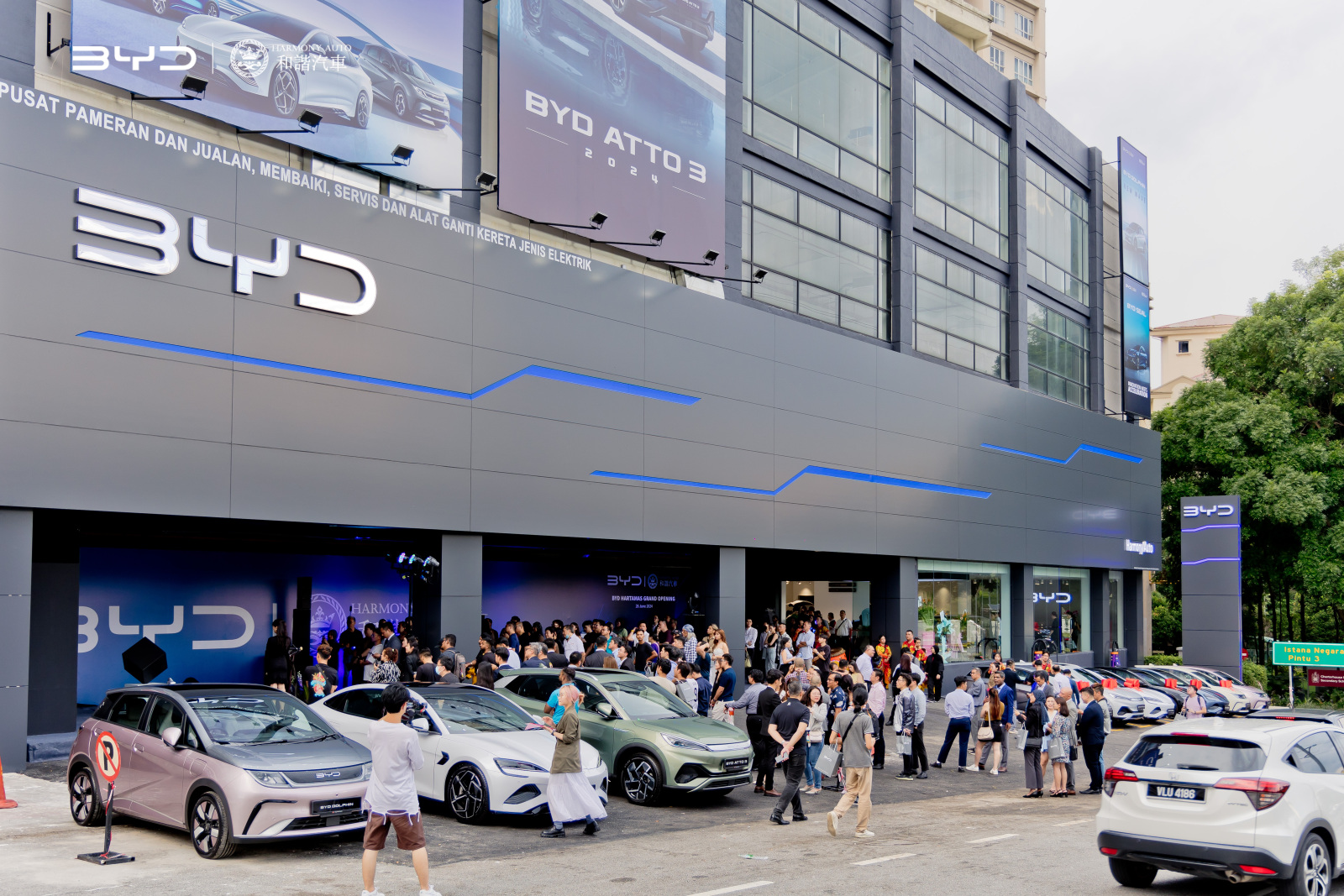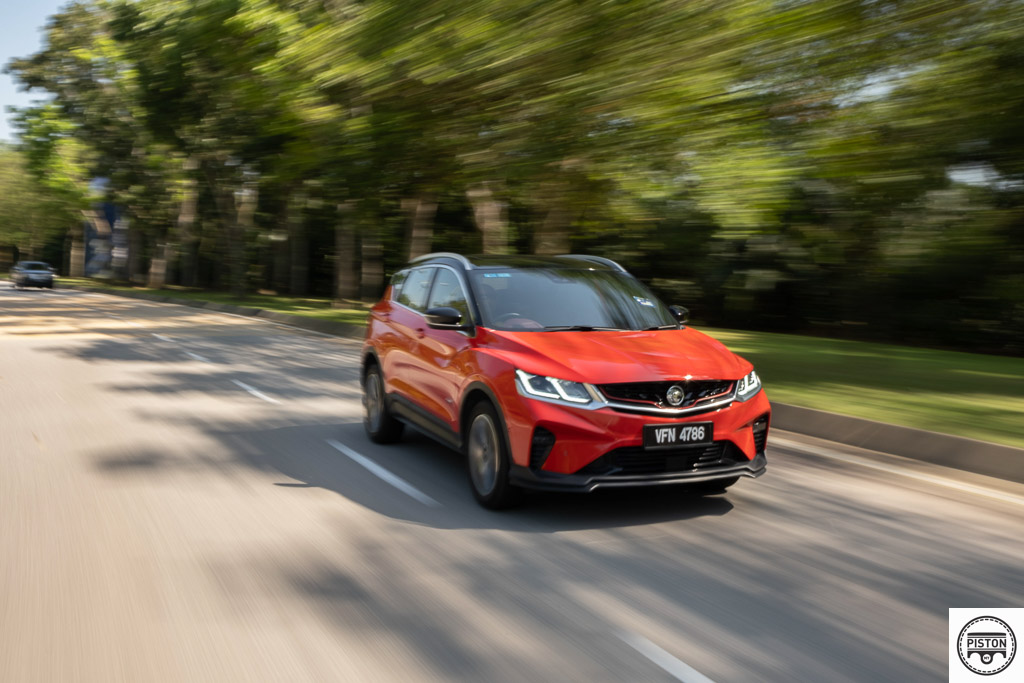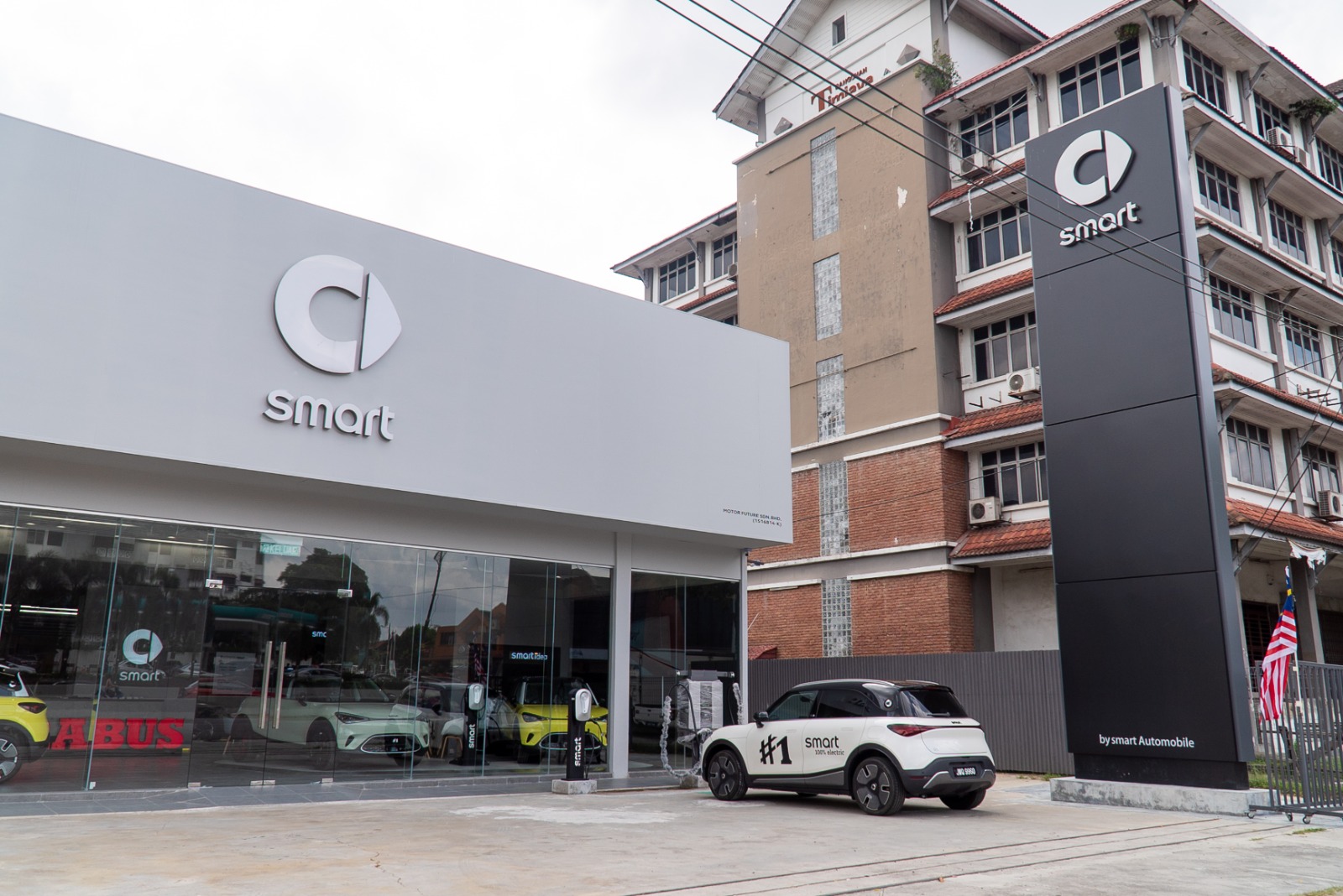With a variety of turbo-diesel and Wankel rotary engines installed, the Mercedes-Benz C111 prototypes from the 1960s and 1970s served as test beds for cutting-edge powertrain technologies. Currently, as the automobile industry transitions from internal combustion engines to electric power, Mercedes has introduced the Vision One-Eleven concept, which, like its ancestor, serves as a forecast for how the company will adapt to the changing automotive scene.
The initial C111 prototype, which was painted a striking shade of orange and equipped with dramatic gullwing doors, is clearly where the sleek supercar styling of the Vision One-Eleven got its start. The concept’s single line, shallow curve profile is reminiscent of the cab-forward aerodynamics of Mercedes’s existing EV models, such as the EQS and EQE.
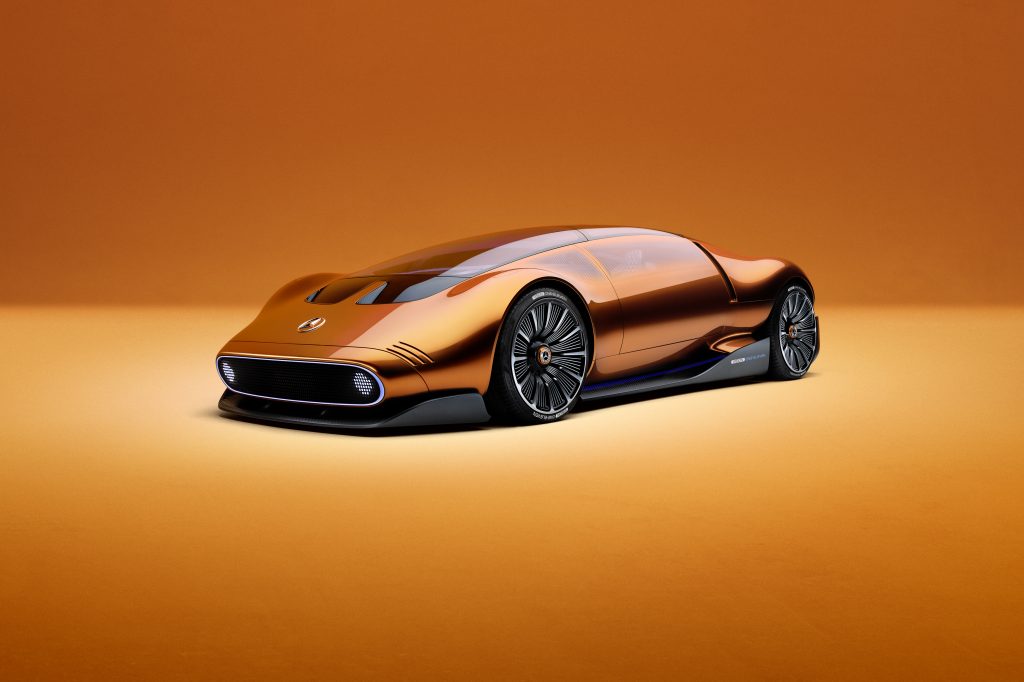
The design is supported by hefty black side skirts, a front splitter, and a vast rear diffuser with blue backlighting. The roof is only 46 inches tall at its highest point. This, according to Mercedes, gives the One-Eleven the appearance of being “fused with the road surface,” and it also alludes to the C111’s black highlights.
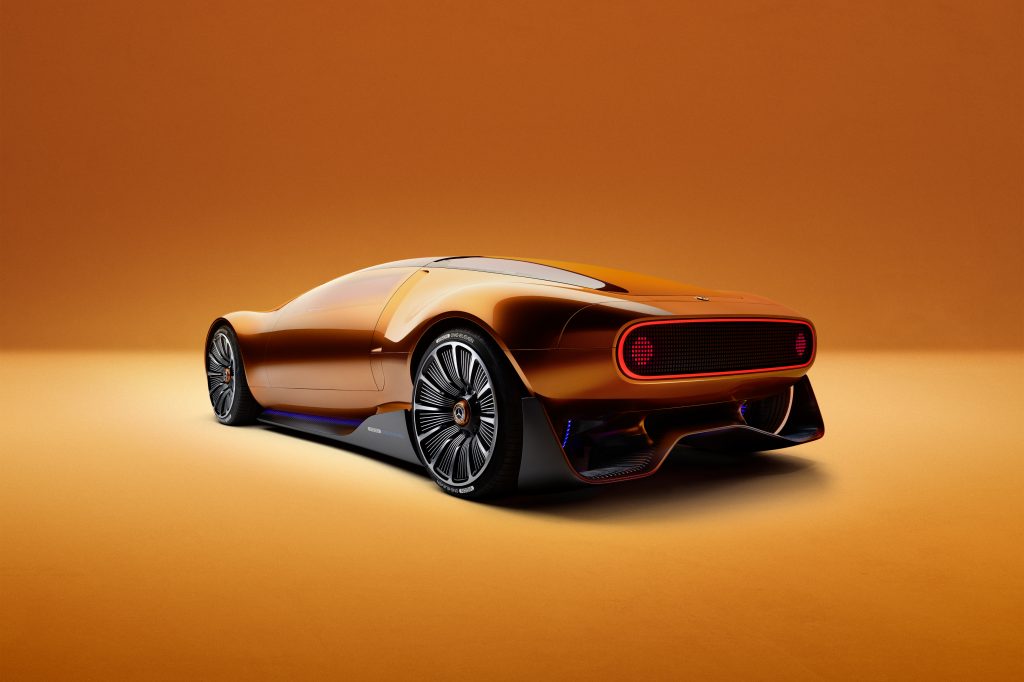
The One-Eleven’s front end does not have a grille; instead, it has an oval panel with pixelated LEDs that resemble the C111’s fog lights and can also transmit messages to other cars and pedestrians. A similar panel can be found on the back, and the opaque windows have a similar pixelated pattern, a design element we’ve seen on other Mercedes ideas like the Vision AMG. The huge wheels’ intricate shape is designed to resemble the windings found within electric motors.
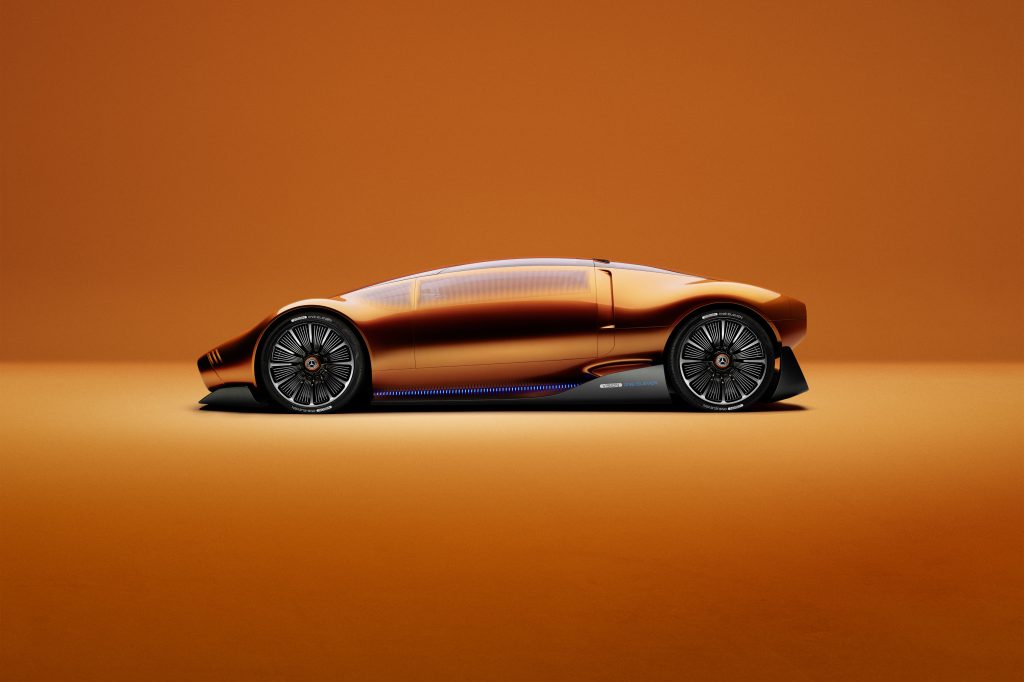
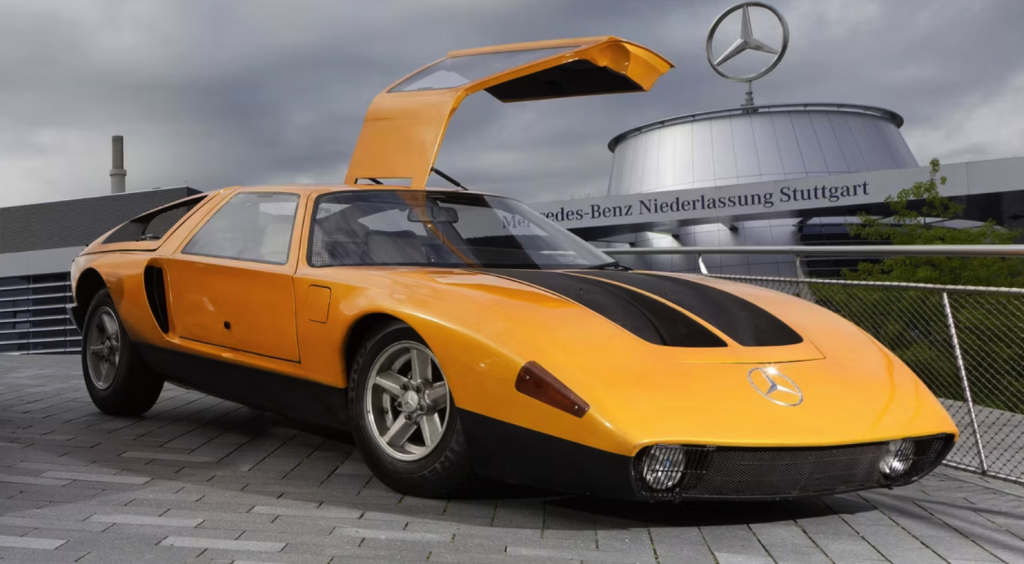
The One-Eleven’s interior can be converted into a lounge, a feature shared by many futuristic electric ideas, despite the exterior screaming high-performance supercar. Given the low body, the interior is surprisingly spacious and since there is no engine to take up space behind the driver, there is plenty of room for the seats to recline backwards. The seat rises back to an upright position in “race” mode.
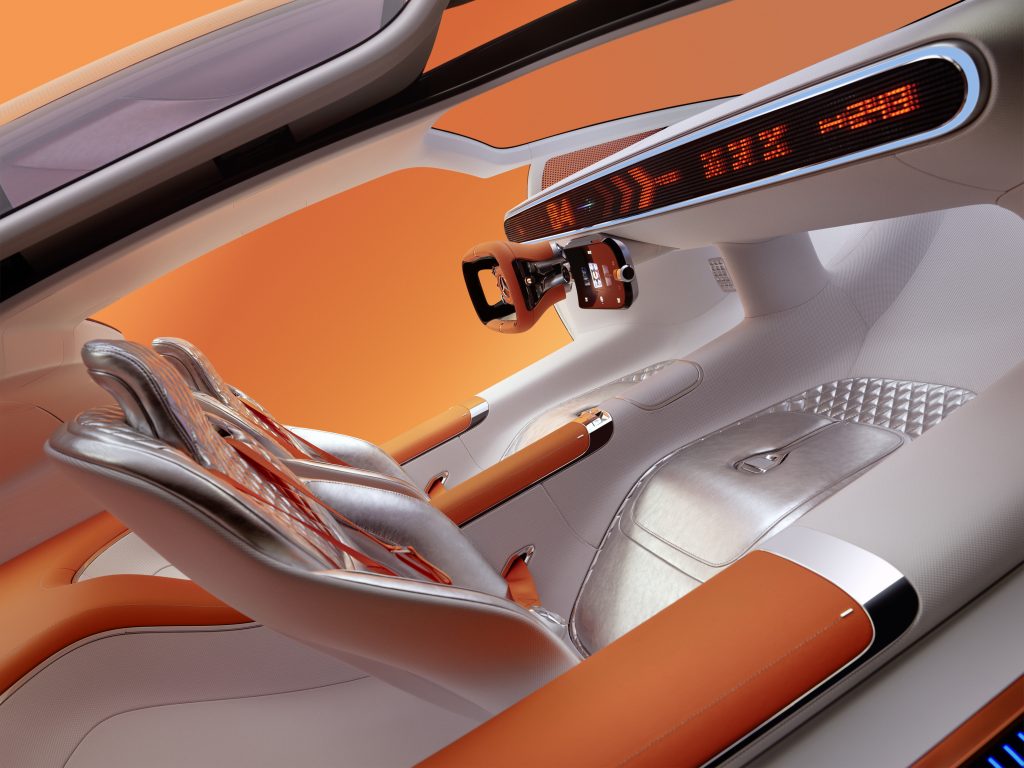
The One-Eleven’s interior also has the characteristic orange colouring, with the white dashboard material manufactured from recycled polyester standing out against the vividly coloured leather, which Mercedes claims was tanned using coffee bean husks. The dashboard is plain, with a full-width LED pixel display that is designed to evoke vintage news tickers that show crucial data like speed. Additionally, it displays QR codes that lead to digital artworks that later appear on a touchscreen.
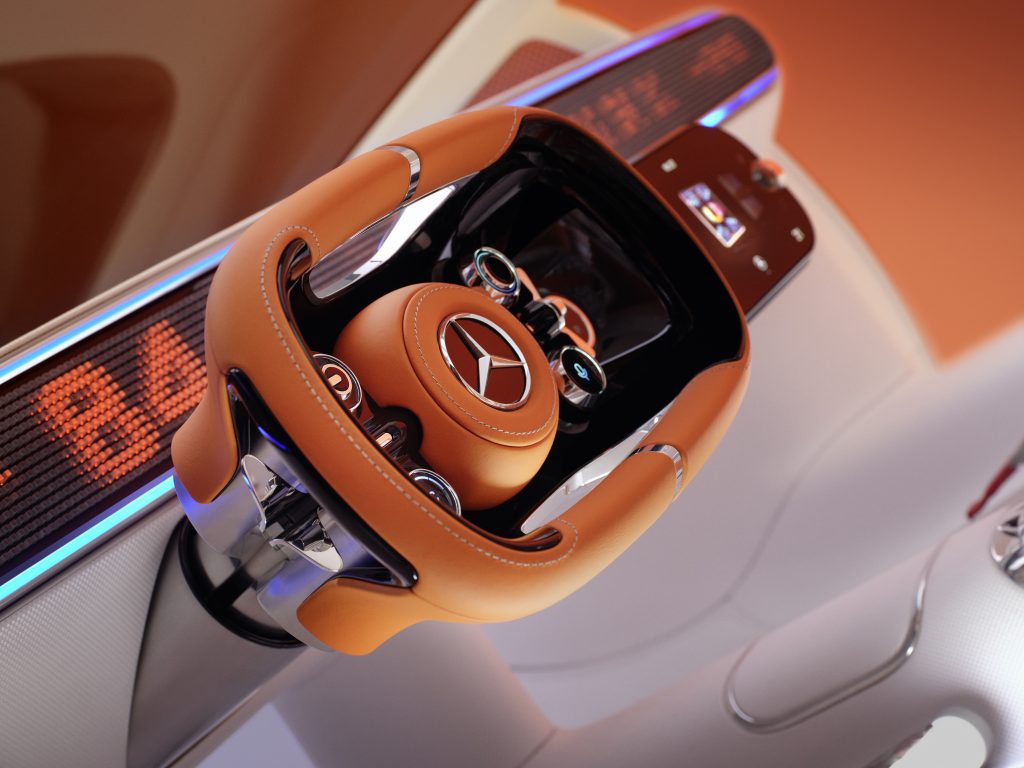
The polished aluminium clocks, switches, and accelerator and brake pedals contrast with the shining silver seats, which are reminiscent of vintage astronaut suits. A small touchscreen that protrudes from the steering column and is aimed towards the driver is mounted on the leather-wrapped steering wheel, which has an unusual rectangle form. Mercedes also discussed an AR headgear that transforms the entire interior into the user interface, complete with 3D controls, navigational indicators, and maps. The One-Eleven’s A-pillars and hood will appear translucent thanks to the AR technology, increasing external visibility.
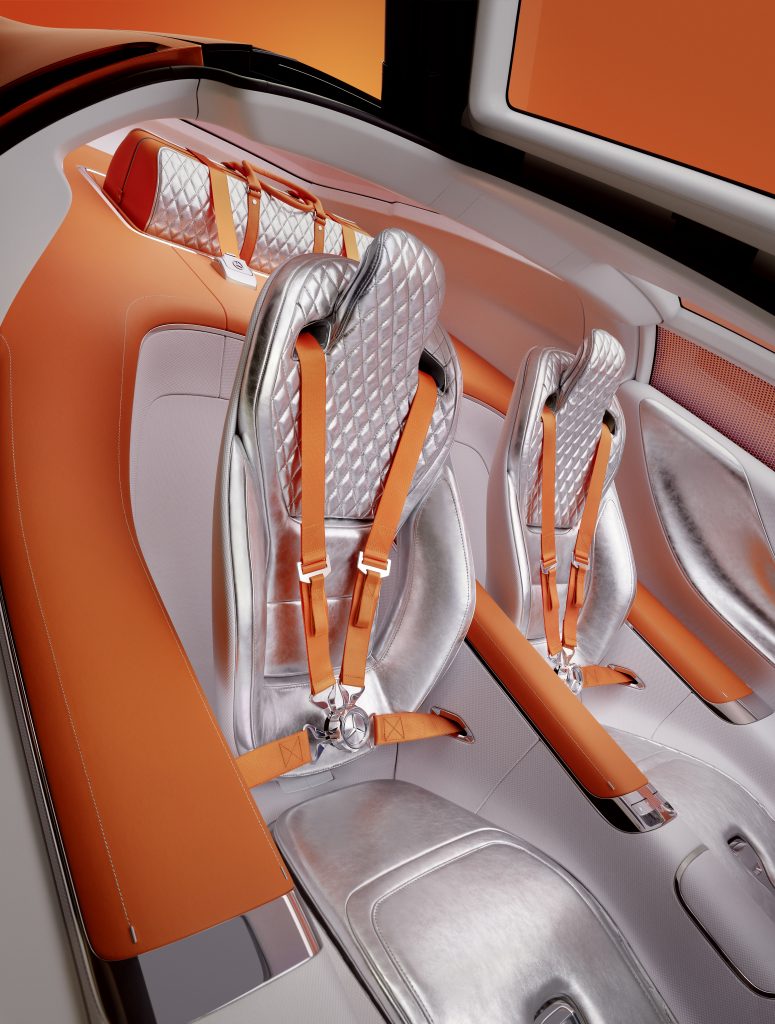
The axial-flux motor that powers the One-Eleven idea is made by a British battery manufacturer named YASA, which Mercedes fully acquired in 2021. Mercedes defines this motor as being “exceptionally powerful” in their vague description. Axial-flux motors, which are currently used by the majority of EVs, weigh one-third less than an equally powerful radial-flux unit, according to Mercedes, who claims that this technology is being developed for its next generation of EVs. Additionally, it only occupies a third of the space.
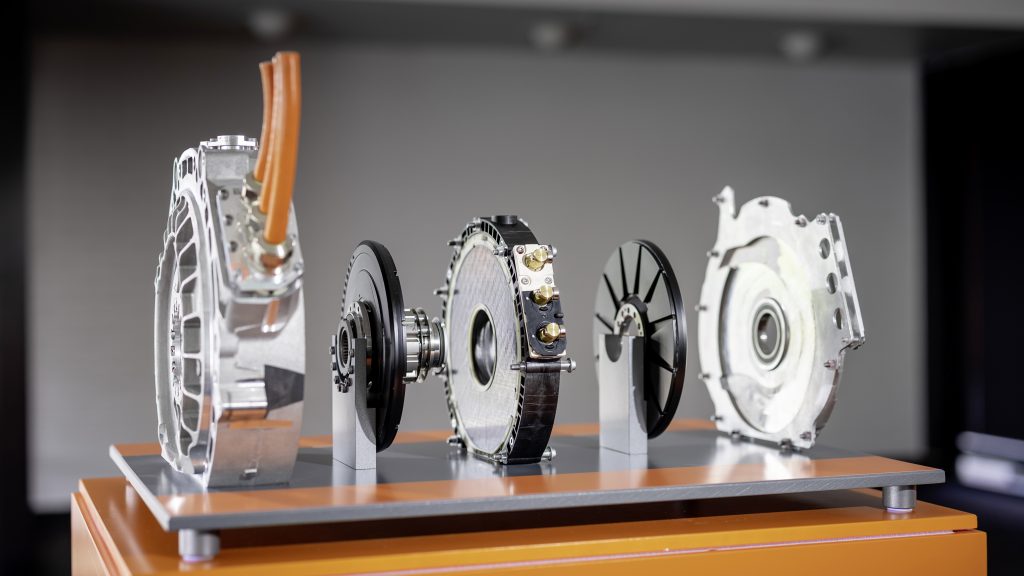
According to Mercedes, the battery is made up of “liquid-cooled cylindrical cells with a novel cell chemistry” that took inspiration from Mercedes-AMG High-Performance Powertrain, which produces the engines used in the company’s Formula 1 racers. Because the One-Eleven is a styling exercise and not a powertrain testbed, there have been no reports on power outputs.
Although the Vision One-Eleven isn’t likely to go into production, the stylish design should influence upcoming Mercedes vehicles, and we anticipate the axial-flux motors to appear in the company’s EVs within the next several years.
